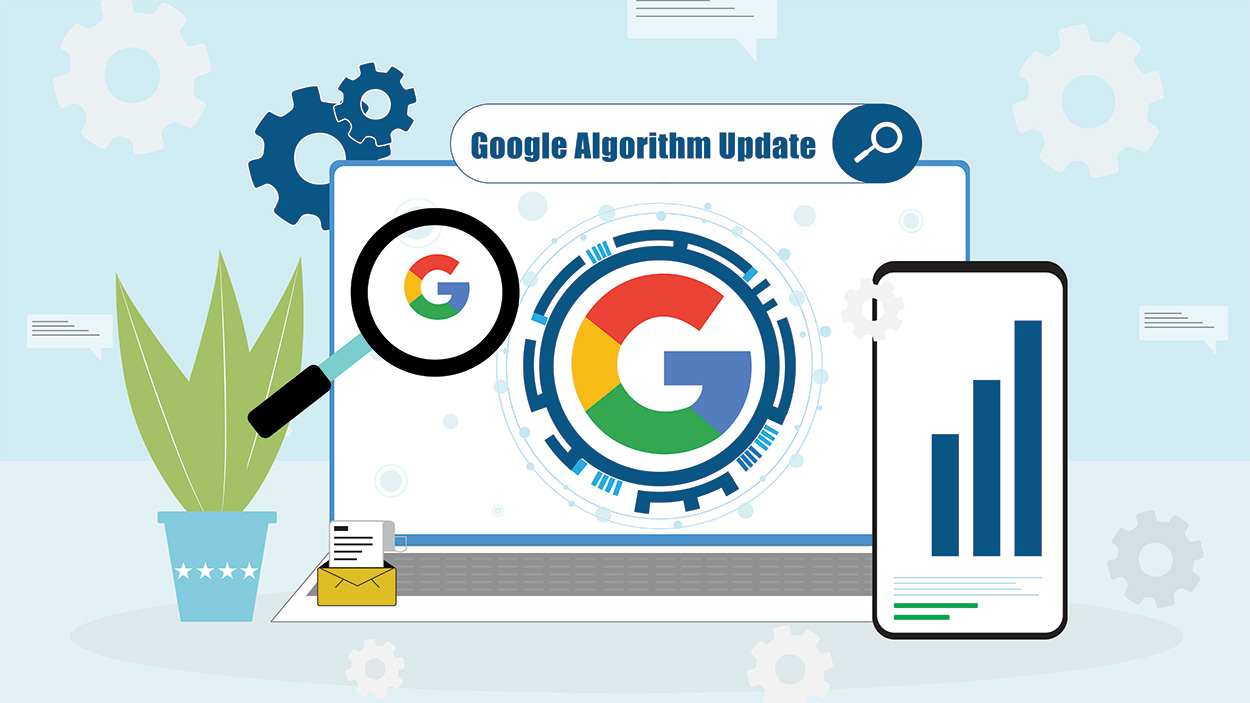Whether you’re just starting up or you plan to celebrate your thirtieth year in business, there’s always room to grow your customer base. But how do you grow your business when you devote all your time to running it.
It would help to have something fast and easy that won’t detract from daily operations. Email marketing remains the most effective marketing tool at your disposal, but only if it’s done correctly.
What is Email Marketing?
Email marketing is a powerful type of digital marketing that involves sending emails to a list of customers and prospective clients. Using an email service provider, your business can reach an entire list of customers and potential clients with the click of a button.
Since customers need to opt in to join your email marketing list, it means they already like what you offer. Email marketing is an opportunity to convert their “like” into loyalty, which keeps those customers coming back for more!
What Are the Benefits of Using Email Marketing?
Email marketing may be one the most powerful digital marketing tools available. More than four billion people around the world use email to communicate. Since a valid email remains necessary to use many alternative platforms, including social media, it’s not going away anytime soon.
Cost-Effective
When it comes to ROI (return on investment), it’s almost impossible to beat email marketing. One email service provider notes an ROI of $42 for every dollar spent on email marketing. Other sources figure it’s slightly higher or lower, but that’s still a notable return for any business.
Grow Your Business
It may seem strange that an existing email list could grow your business, but it’s an effective method for gathering more leads and increasing your sales.
Say you offer a lead magnet that requires the prospect to provide their email. Follow up that lead magnet with a series of emails leading to a purchase. You just turned a prospect into a client!
Build Relationships
On average, people check their email 15 times per day. That’s 15 opportunities to make a connection with a customer directly instead of hoping they come across your ad on social media. Remember, the people on your mailing list opted in, which means they want to hear from you!
Email marketing also serves as a direct line from your business to your customers. It doesn’t matter whether you’re a B2C or B2B company; building loyalty is crucial. Email marketing is a fast and effective way to reach your customers and start that conversation.
Personalized emails in your customer’s inbox also reinforce your presence and remind them how you can meet their needs. It’s also an effective option for communicating sales or special events.
Foster Brand Awareness
Sure, you can customize your email to match your brand’s colors, include your logo and your taglines, but that’s not all. Emails can reinforce your brand’s voice and message. If you’re light and friendly, informal copy can reinforce that fun spirit. Email marketing is also an efficient way to share your goals, mission, and future endeavors.
Drive Traffic to Other Platforms
Emails can support your other marketing efforts as well. Highlight new blog posts, direct customers to engage in social media campaigns, and include links to alternate content whenever you can. Email should be one component of a comprehensive strategy that includes multiple platforms.
Test the Market
Feedback is a crucial component for any business, and you can gather plenty of it through emails. Your business can stay in touch with your customers’ needs through surveys as part of a scheduled email campaign.
Has your marketing team ever struggled with two ideas for one campaign? Email can help you stop the struggle because you can create A/B tests for almost anything from the subject line to the call of action and everything in between.
Instead of debating a particular campaign’s wording, try using both by sending one option to half your list and the other to the remaining customers. See which performs better and adopt that one!
Types of Emails Your Business Can Use in Marketing
One massive perk of leveraging email marketing is versatility. You can shift gears to meet your customers’ needs and determine which email types work best for your business.
Deliver Information
Informational emails provide your customers with valuable information about your business. It’s not the best idea to overdo it with data, keep the emails concise and direct, and include a call-to-action.
- Introduce a new product, service, or content your business will offer. Include a link to a targeted landing page.
- Feature an upcoming special event and invite your customer to attend. Don’t forget to link to a sign-up or registration page!
- Highlight features stories on your blog or published articles.
Complete a Transaction
Though transactional emails sound like sales emails, that’s not the whole story. A transactional email is triggered by an action, like a prospect signing up for your newsletter. There are two general types of transactional emails, confirmation, and appreciation.
Confirmation emails notify the prospect or customer that you received their response. For example, a customer completes a survey, so the triggered response would indicate that their responses were recorded.
Appreciation emails are similar, but they primarily thank the customer or prospect for completing an action. Also known as kickback emails or thank you emails, this response usually fulfills your promise to the individual. For example, somebody requests your lead magnet. The kickback email would thank them and include a link to the lead magnet.
How Do You Build an Email Marketing Strategy?
To achieve positive results with an email campaign, you can’t just throw an email together and send it out. Like any other form of digital marketing, there’s a process that helps you focus on the approach and make the most of each email.
Establish Goals
It’s easy to jump in and start sending emails to your customers, but to what end? If you don’t set goals, how will you ever tell if your email marketing works? There’s no limit to what goals you set, but it’s a good idea to focus on one idea to start.
Websites earning money through ads might focus on driving more traffic to your site.
If you aim to educate people on a cause to gain their support.
Ecommerce stores can drive more sales through email campaigns.
Create goals to drive the copy and ultimately the action you want your audience to perform. Once you have a set goal, each step of your email marketing strategy should further that goal.
Find the Right Email Service Provider
You could feasibly send individual emails to a small list of subscribers, say five or ten people, but it’s unlikely you could manage fifteen, thirty, or more. That’s why you need an email service provider.
With so many options available, it can be overwhelming to find the right email marketing platform for your business. It helps to narrow the list by considering a few parameters that vary slightly between services.
- Pricing is important, but not just the initial costs. Some services charge a flat fee based on your list’s size, others offer free trials, and many discount subscriptions if you pay for a year or more in advance.
- Look at the interface and how easy it is to navigate. Drag-and-drop features, templates, and other tools can simplify your process.
- Tracking and data metrics help you determine the success of a campaign. Some platforms offer more than others, so make sure you compare apples to apples.
When comparing email service providers, keep your goals at the front of your mind. You may love the shiny bells and whistles of one platform, but if it doesn’t fit your goals as well as a less flashy option, it may not be worth your time.
Build Your Email List
Your email marketing strategy needs a list of subscribers. Start with what you already have. Pull contacts from existing lists, your email account, your company’s CRM, or your online store. No matter how small your list is in the beginning, it’s a foundation to build upon.
Growing your list takes work, but it’s not impossible! Your business already has plenty of tools to draw a crowd, so put them to use.
- Blog about industry-relevant topics and provide value that draws a crowd. When people like what you have to say, they tend to want more, like your emails!
- Offer a lead magnet (additional custom content) to subscribers in exchange for signing up for your email list.
- Use social media. Add a call-to-action on your Facebook page and tweet about the benefits of your newsletter.
Don’t forget to assure subscribers that you won’t spam them or sell their information to spammers. It also helps if you make signing up easy with a clear call to action and a custom landing page.
Create a Campaign
With the right email marketing platform, this step is a snap! Generally, the platform guides you through the creation and automation process from beginning to end. You need to provide the content, and the service handles everything else.
Tips for Developing a Successful Email Marketing Strategy
Best practices guide many marketing processes, including email campaigns. Though some standards change over time, there are a few consistent best practices in email marketing.
The Power of Personalization
How much does it mean to you when somebody you don’t see often remembers your name? Personalizing emails is the modern equivalent to greeting people by name, and it’s a powerful message to your customer.
Address Your Customer by Name
Make “name” a required field when somebody signs up for your mailing list. That way, you can address them personally with every email you send. It’s a simple but meaningful touch.
Segment Your List
Reach the right people by creating segments of your list to receive specific messages. People open emails if they think it’s relevant to them, so keep that in mind when creating segments. You don’t necessarily want to send information about an unforgettable Wednesday afternoon event to customers who live eight hours away.
Consult your available data for help segmenting your list. Some popular data points to consider include:
- Geographical location
- Basic demographics like age, gender, and language
- Purchase history, including the amount spent, last purchase, and types of purchases
Send Valuable Content
Do you waste time reading pointless or empty content? Neither do your customers. If you want to stand out against the noise, you need to give people a reason to open your emails every time. Providing valuable content hooks your readers and builds your reputation as a trusted business.
Automate Your Campaigns
Nothing makes an email campaign easier than enabling autoresponders. These programs allow you to set certain emails to send when customers trigger a specific action. For example, somebody signs up for your newsletter (yay!), you can create an automated welcome email to greet your new recruit and let them know what to expect from your newsletter.
Welcome emails are just one type of auto-response that you can leverage to grow your list, convert, and retain customers. Thank yous, confirmations, upsells, and even shopping cart abandonment emails can be critical parts of an email marketing campaign.
Don’t Forget to Enable Tracking
Data is your friend, and it tells you what works versus what doesn’t. Enable tracking features from your email service provider and set up Google Analytics for the best results.
Comprehensive tracking can help you finetune existing emails and optimize future campaigns. Popular statistics to track include:
- Open rate and unique open rate
- Click-through rate
- Bounce rate
- Unsubscribe rate
Know When to Get Help
There’s a lot of information and advice about creating and running email marketing campaigns, and not all of it helps. The digital marketing world is highly competitive and continually changing, so it may be in your best interest to seek assistance.
If you’re struggling to find success and want to hire an expert email marketing team to bring your goals to fruition, contact us ASAP to get started!





